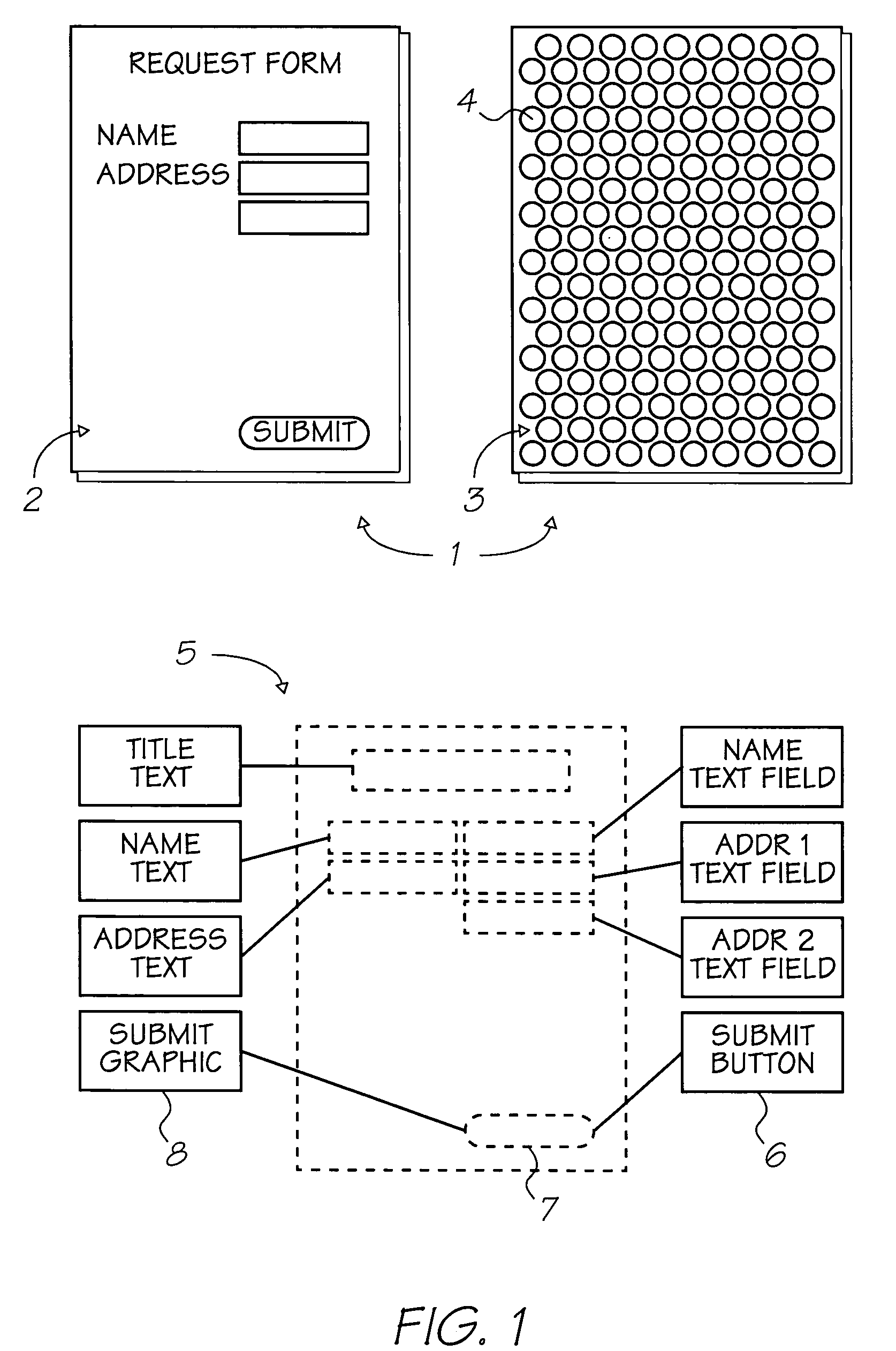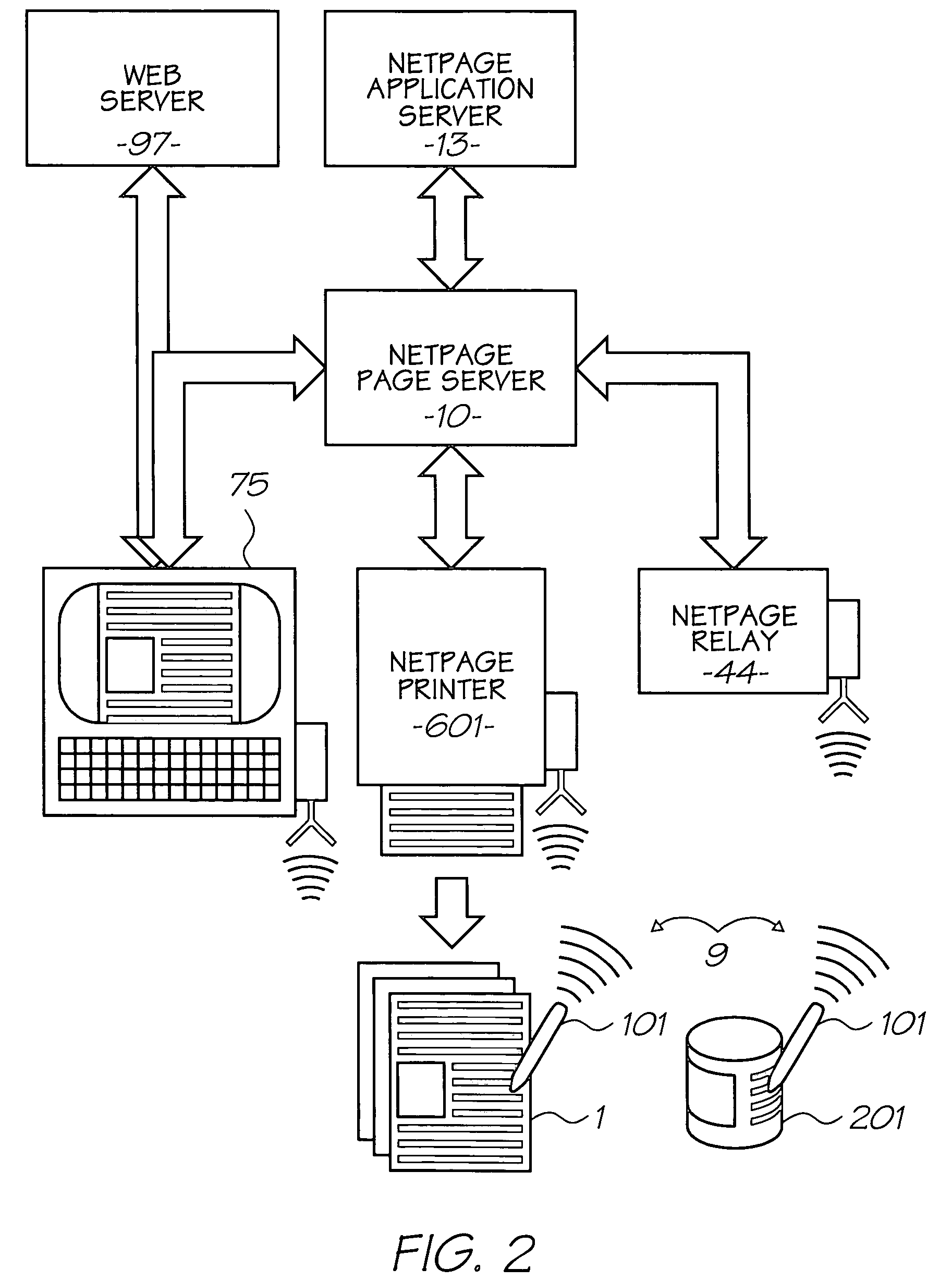Hydrophilizable and hydrophilic cyanine dyes
a technology of hydrophilic cyanine and dye, which is applied in the field of infrared (ir) dyes, can solve the problems of not being able to formulate prior art dyes into ink compositions suitable for netpage or hy, commercially available and/or prior art inks
- Summary
- Abstract
- Description
- Claims
- Application Information
AI Technical Summary
Benefits of technology
Problems solved by technology
Method used
Image
Examples
example 1
[0403]
a) 6,7-dicyano-5,8-dihydroxyquinoline 3
[0404]6,7-Dichloro-5,8-quinolinedione 2 was prepared in low yield from commercially available 8-hydroxyquinoline 1 by modification of a literature procedure (Shaikh, I. A.; Johnson, F.; Grollman, A. P. J. Med. Chem. 1986, 29, 1329). A solution of potassium cyanide (1.02 g; 16 mmol) in water (3 mL) was added to a boiling solution of the dichloroquinone 2 (794 mg; 3.48 mmol) in THF / methanol (1:1, 40 mL) and heating was continued for a further 2 min. The reaction mixture was concentrated to half-volume and diluted to the original volume with water. Hydrochloric acid (10 M) was added cautiously [Caution: HCN fumes] causing the reaction mixture to change from an olive-green solution to a pale brown suspension. The solid was filtered off, washed with water and air dried overnight thereby affording the dinitrile 3 as a chocolate-brown solid (509 mg, 69%). 1H NMR (CDCl3) δ 7.73 (1H, dd, J=8.6, 4.2 Hz), 8.75 (1H, dd, J=8.6,...
PUM
| Property | Measurement | Unit |
|---|---|---|
| emission wavelengths | aaaaa | aaaaa |
| emission wavelengths | aaaaa | aaaaa |
| emission wavelengths | aaaaa | aaaaa |
Abstract
Description
Claims
Application Information
 Login to View More
Login to View More - R&D
- Intellectual Property
- Life Sciences
- Materials
- Tech Scout
- Unparalleled Data Quality
- Higher Quality Content
- 60% Fewer Hallucinations
Browse by: Latest US Patents, China's latest patents, Technical Efficacy Thesaurus, Application Domain, Technology Topic, Popular Technical Reports.
© 2025 PatSnap. All rights reserved.Legal|Privacy policy|Modern Slavery Act Transparency Statement|Sitemap|About US| Contact US: help@patsnap.com



